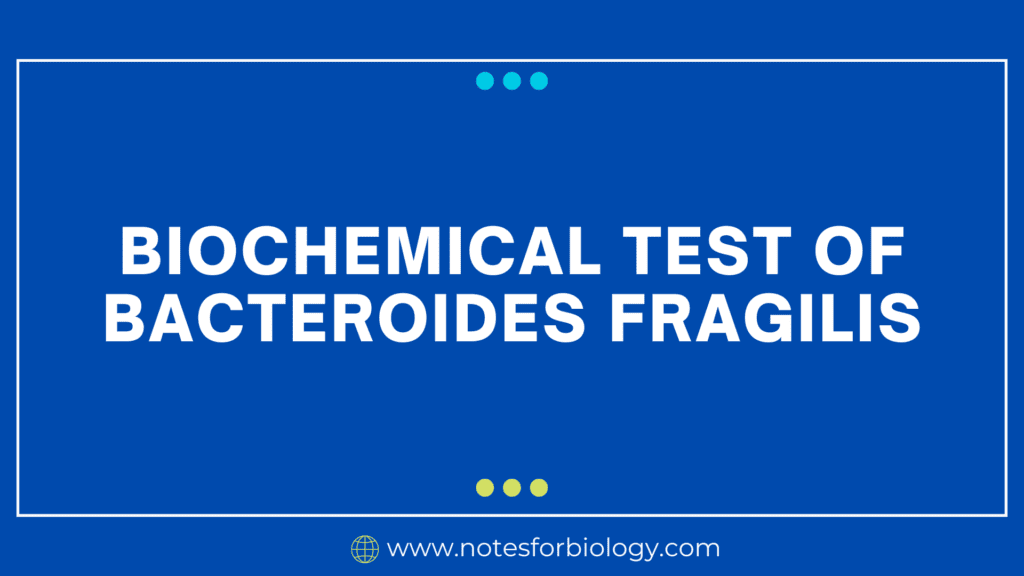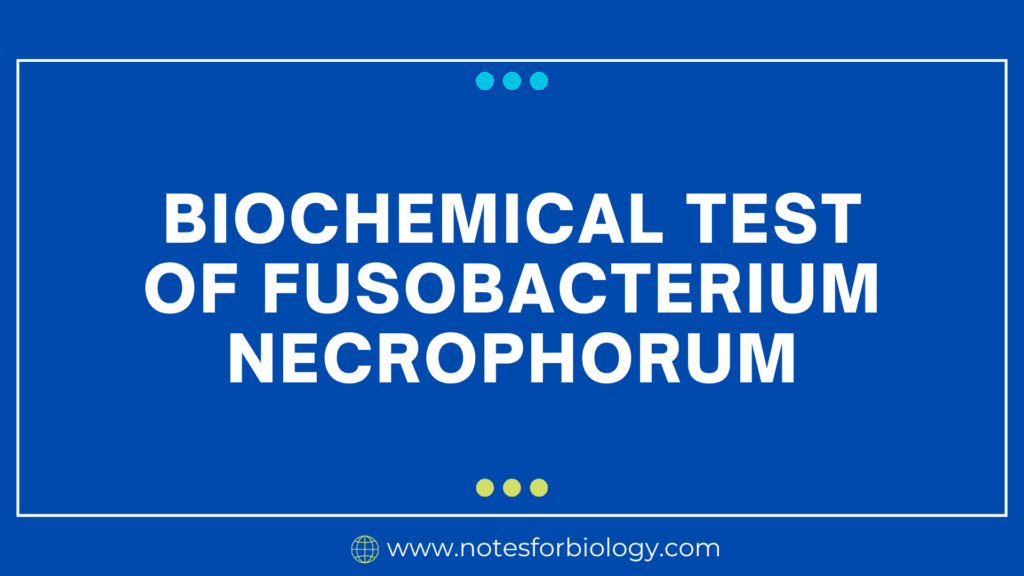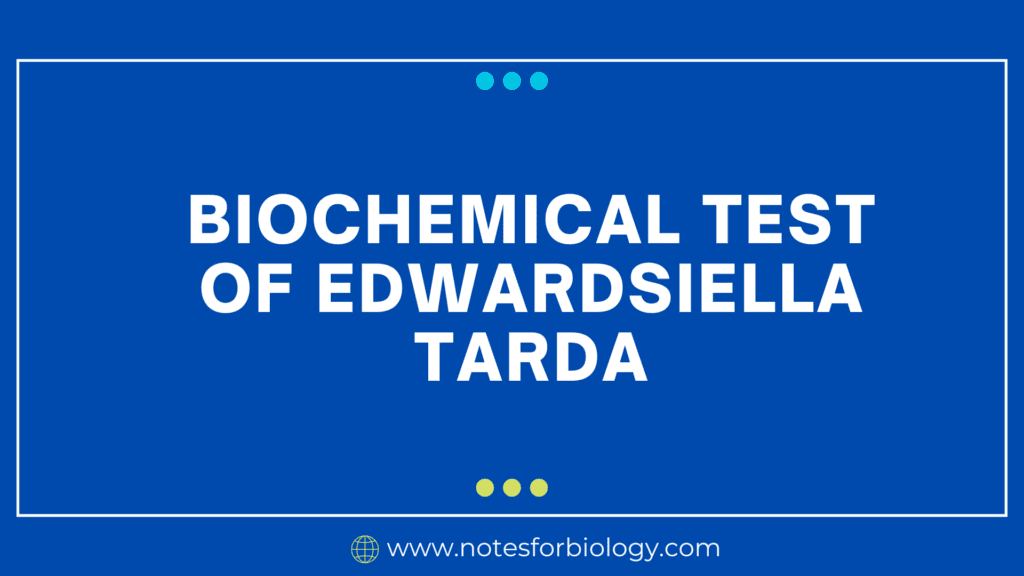Bacteroides fragilis is a rod-shaped, Gram-negative, anaerobic, non-spore-forming bacteria that lives in the human intestine. It is a typical gut flora component, but it can turn pathogenic and cause illnesses if it escapes the gastrointestinal tract. Biochemical studies are required to identify and distinguish B. fragilis from other Bacteroides species and anaerobic bacteria.
Table of Contents
What is Biochemical Test of Bacteroides fragilis?
Biochemical testing is necessary to detect Bacteroides fragilis and distinguish it from other bacteria. Here’s a comprehensive list of the important biochemical assays used to identify Bacteroides fragilis:
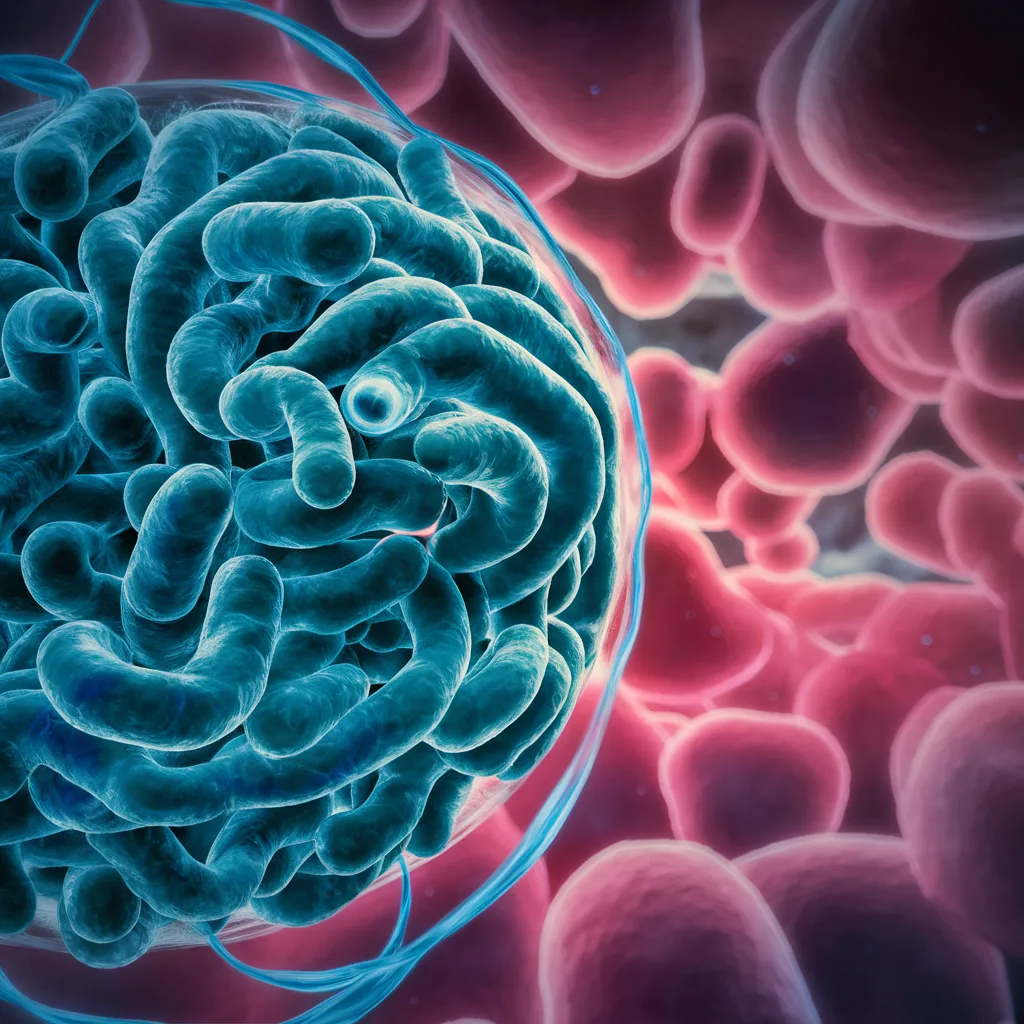
Biochemical tests for Bacteroides fragilis include:
Gram staining:
Definition: A staining method for classifying bacteria based on cell wall structure.
A heat-fixed smear is stained with crystal violet, then with iodine, decolorized with alcohol, and counterstained with safranin.
B. fragilis results in Gram-negative rods that appear pink/red under the microscope.
Catalase Test:
Definition: Detects the presence of catalase enzyme, which converts hydrogen peroxide to water and oxygen.
A drop of hydrogen peroxide is placed on a glass slide, and a bacterial colony is mixed in.
Results for B. fragilis: Positive (bubbling is noticed).
Oxidase Test:
Definition: Identifies microorganisms that generate cytochrome C oxidase.
A colony is rubbed onto filter paper that has been treated with oxidase reagent.
Results for B. fragilis: Negative (no color change).
Indole Test:
Definition: Determines the ability of bacteria to generate indole from tryptophan.
Bacteria are cultured in tryptophan broth, and Kovac’s reagent is added after incubation.
Results for B. fragilis: Typically negative (no red ring appears).
Nitrate Reduction Test:
Definition: Determines the ability to convert nitrate to nitrite or other nitrogenous substances.
Bacteria are inoculated and cultured in nitrate broth before being exposed to nitrite-detecting reagents.
Results for B. fragilis: Negative (no red color after adding the reagents).
Bile Esculin Tests:
Defines the ability to hydrolyze Esculin in the presence of bile.
Bacteria are streaked onto bile Esculin agar and then incubated.
Results for B. fragilis: Positive (the medium becomes black).
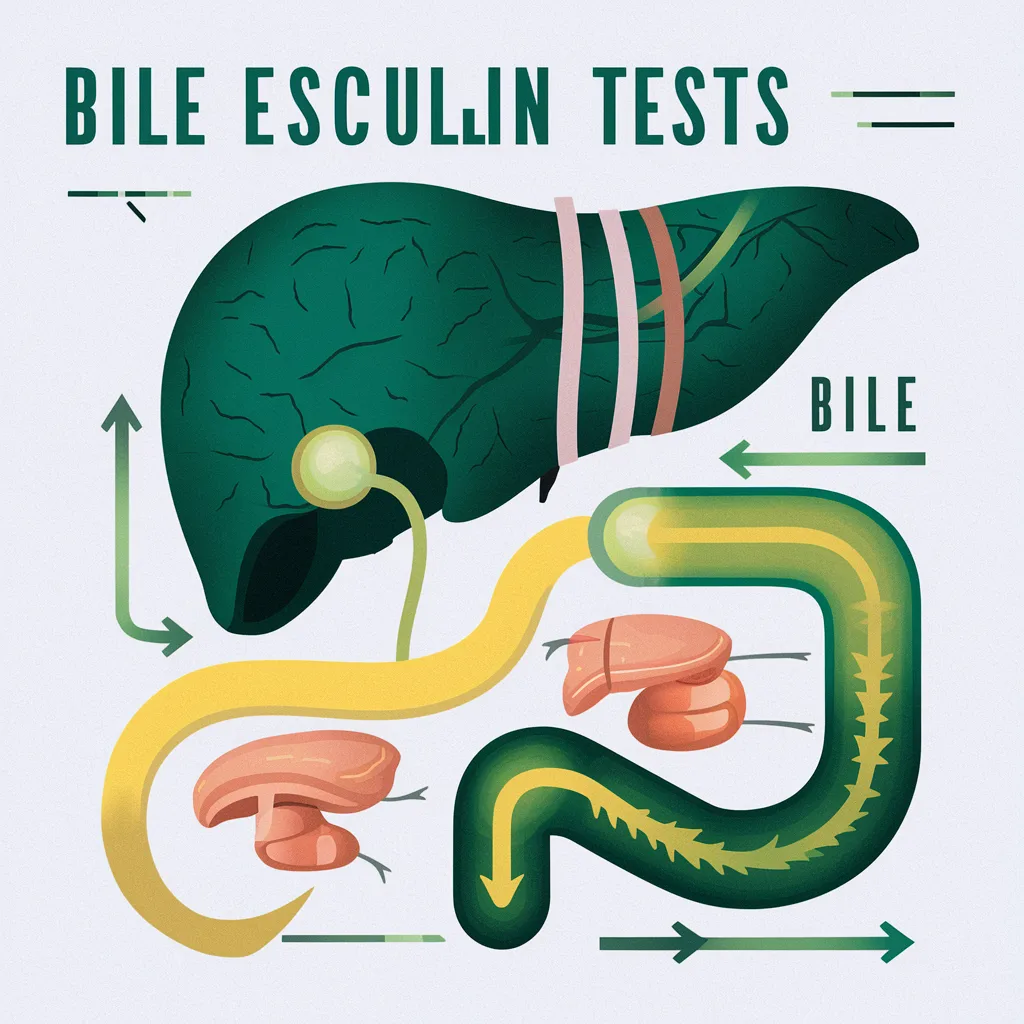
Growth of 20% Bile:
Definition: Assesses the ability to grow in the presence of bile.
Bacteria are added to a medium containing 20% bile and cultured.
The result for B. fragilis is positive (growth was found).
Hydrolysis of Esculin:
Definition: Determines the ability to hydrolyze Esculin into esculetin and glucose.
Bacteria are injected onto Esculin agar and incubated.
Results for B. fragilis: Positive (the medium becomes black).
Lactose Fermentation:
Defines the ability to ferment lactose.
Bacteria are added to a lactose broth with a pH indicator and incubated.
Results for B. fragilis: Negative (no acid or gas generation; the medium does not change color).
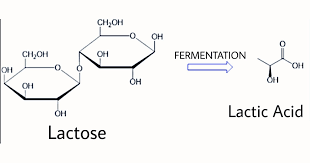
Gelatin hydrolysis:
Definition: Assesses the ability to hydrolyze gelatin.
Bacteria are introduced into gelatin tubes and incubated. The tubes are then cooled to observe liquefaction.
Results for B. fragilis: Negative: gelatin remains solid.
Gas Production From Glucose:
Definition: Determines the ability to ferment glucose with gas generation.
Bacteria are injected into glucose broth and grown anaerobically.
Results for B. fragilis: Positive (gas production was seen).
Resistance to kanamycin, vancomycin, and colistin:
Definition: Determines resistance to certain medicines.
Procedure: Antibiotic-containing disks are placed on an agar plate injected with bacteria, and zones of inhibition are detected following incubation.
Results for B. fragilis: Resistant (growth occurs near disks).
Clinical Relevance
Pathogenicity:
B. fragilis is a normal gut flora bacterium that can cause infections if it travels outside the intestines, resulting in intra-abdominal infections, abscesses, and bacteremia.
Antibiotic Resistance:
Understanding B. fragilis’ resistance profile is critical for effective treatment, as it is frequently resistant to numerous medications.
Identification and Control
Laboratory identification:
Laboratory identification is based on a mix of morphological examination, staining techniques, and biochemical assays.
Preventive measures:
To prevent infections, thorough hygiene and aseptic practices should be followed, particularly during operations and invasive treatments.
Frequently Asked Question(FAQ)
What is Biochemical Test of Bacteroides fragilis ?
Biochemical testing is necessary to detect Bacteroides fragilis and distinguish it from other bacteria. Bacteroides fragilis is a rod-shaped, Gram-negative, anaerobic, non-spore-forming bacteria that lives in the human intestine.
What are the Biochemical tests for Bacteroides fragilis?
The Biochemical tests for Bacteroides fragilis are:
1. Gram staining
2.Catalase Test
3.Oxidase Test
4.Indole Test
5.Nitrate Reduction Test
6.Bile Esculin Tests
7.Growth of 20% Bile
8.Hydrolysis of Esculin
Related Article

